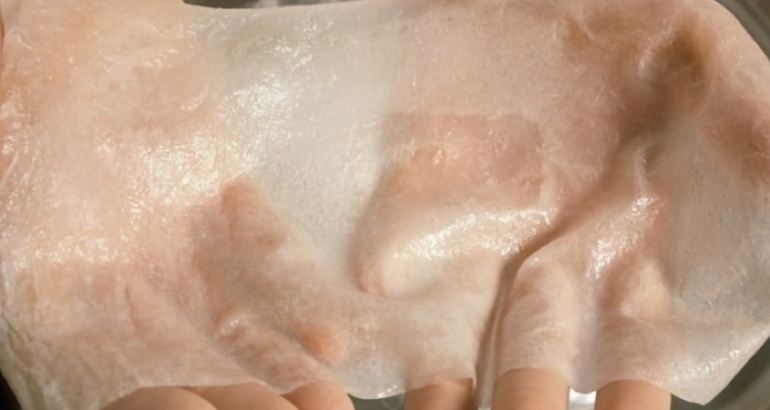The most common deformities among congenital anomalies are “hand” anomalies. The most common congenital hand anomaly is polydactyly. Here, an extra sixth finger is usually located on the outside of the pinky finger. The sixth finger may be in a non-functional form, which allows for a hand-held connection with only a thin piece of tissue that allows it to be fed, or it may be a true finger, in which all the nerve tendons and bone structures are fully formed.
Another common hand anomaly is syndactyly. Here, two or more fingers are adjacent. The connection between the two fingers is through partial or whole skin adhesion. The operation is usually performed after the age of 3 – 4, with the expectation of normal development and function of the hand and fingers. The main goal is to remove all adhesions before school age. However, if deformation increases with age, surgery should be performed at an earlier stage. The fingers are separated functionally by preserving vascular and nerve integrity. The tissue cavity to be formed is closed by tissue shifting from surrounding structures and skin transplantation from another part of the body. In syndactyls containing more than one finger, the fingers are separated from each other in sessions. Opening the adhesion on both sides of a finger in the same session may cause the finger’s blood circulation problem.



